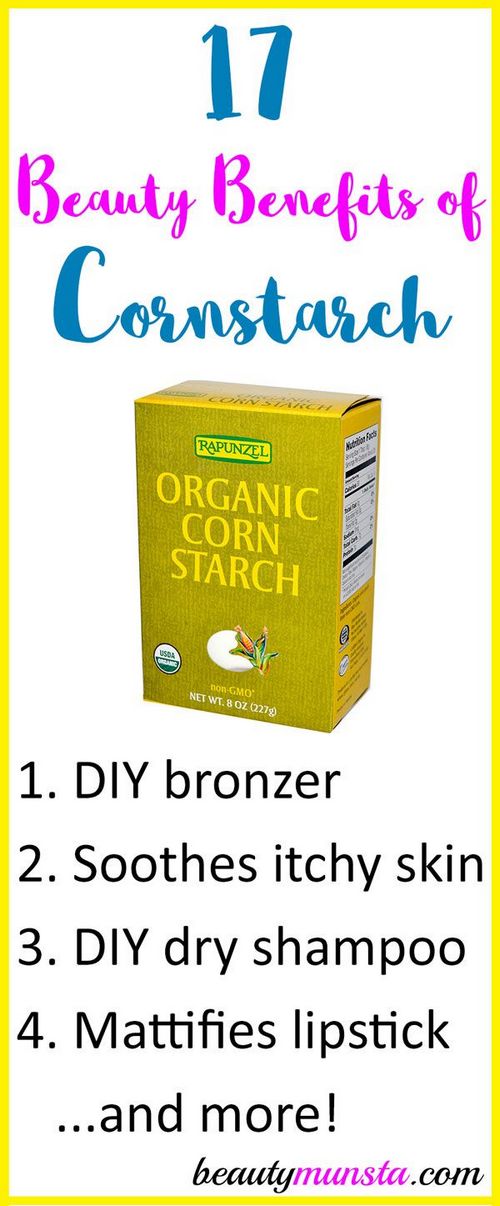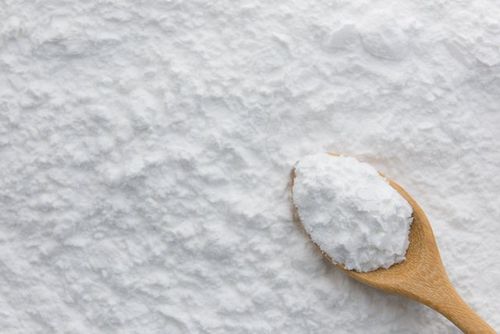
Cornstarch, maize flour, or maize juice is the sticky, viscous substance derived from the kernels of the corn plant. The thickening agent, called starch, is obtained from the endosperma of the corn kernel. This substance is a popular food additive, frequently used in cooking to thicken soups or sauces, or to create corn syrup and other sweeteners. It has been used as a preservative, stabilizer and thickener for centuries.
Corn starch has been the mainstay food additive in the United States for many years, but its usefulness as a sweetener and preservative is rapidly being replaced by various other natural sweeteners, most of which are available without a prescription from a doctor. Some research has suggested that corn starch may also contribute to the incidence of diabetes and kidney disease.
Cornstarch is made up primarily of glucose, proteins and starches. Although starch contains only glucose and no calories, it does contribute to the burning of energy. As a result, when eaten, the stomach expands in a way that results in the removal of gastric acids that ordinarily are removed with meals. This is sometimes referred to as a compensatory effect. Consuming too much carbohydrate, particularly starch, will also cause stomach swelling, sometimes causing discomfort and even pain.
Starch is found in small quantities in most fruits and vegetables. In addition, it is also possible to obtain it from meats. Corn starch is an important part of human nutrition, as it is essential for the absorption and metabolism. Without it, the body cannot use dietary fat effectively.
Although cornstarch can be used as a natural sweetener for many foods, people who suffer from diabetes, heart disease and other health problems may not consume it. Cornstarch is absorbed very poorly by the skin and under the nails. If used in this fashion, it should not be combined with nail polish remover products, nail varnish or acrylic products, as it may cause an allergic reaction. This ingredient is also unsuitable for diabetics, as it stimulates their insulin production.
Cornstarch may cause allergic reactions in diabetic patients, because it contains an amino acid called glucose. Glucose is a sugar that is naturally found in blood plasma and tissues, but in extremely low amounts in food.
Cornstarch should be used sparingly in cooking, as it is less stable than many other ingredients. High quality products contain at least 70% cornstarch and are usually made from vegetable oils or vegetable fats. Some manufacturers use hydrogenated vegetable oil in their cooking mix, but this is not considered a high quality cooking product.
Cornstarch is used in a wide variety of other cooking recipes. Some of its benefits include its ability to keep dishes moist and to retain flavor.

It can be added to meat to help preserve tenderness and tenderize, while others can be used to add thickness to sauces and soups.
Cornstarch absorbs food flavor, but when used as a thickener, it can become overpowering and cloying. It is better suited for sauces, soups and stews, rather than baked dishes.
The high moisture content of cornstarch causes it to harden quickly. When used in cooking, it helps keep foods moist, but can also make them stick together and harden further. When cornstarch hardens, it tends to become a solid substance rather than a liquid. The result can be mushy, tough potatoes in a sauce or dough.
Because corn starch absorbs food flavor, it is used as a stabilizer to preserve foods that contain a lot of starch. e, such as biscuits and breads. It also is used to increase the shelf-life of prepared foods, such as custards and ice cream. A good example of the use of cornstarch is in bread mix.
While some of its benefits include helping to maintain moisture in foods, cornstarch can also contribute to the creation of lumps in recipes, such as cream or ice cream. While it is not recommended, if you plan to make low-fat ice cream or yogurt, you should avoid using it. It should be avoided in foods that will be eaten cold, like cakes or cookies, and in foods that will be cooked on a hot surface, such as cakes.
